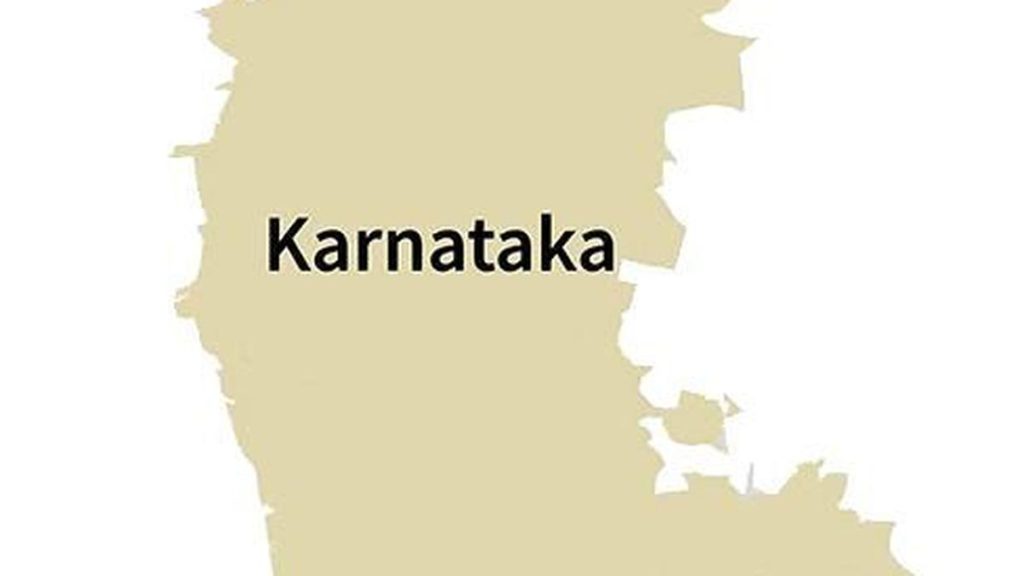Now Reading: Shivamogga Village Declared ‘Proposed Forest’, Residents Lack Land Ownership
-
01
Shivamogga Village Declared ‘Proposed Forest’, Residents Lack Land Ownership
Shivamogga Village Declared ‘Proposed Forest’, Residents Lack Land Ownership
Quick Summary
- Residents of Karimane village, located in Hosanagar taluk of Shivamogga district, Karnataka, have been struggling for ownership rights over land and houses for decades.
- Applications for housing under the Ashraya scheme, land grants under Section 94C of the Karnataka Land Revenue Act for house construction, and regularisation of cultivation practices remain pending.
- Over 185 acres in Survey No. 106 are marked as ‘proposed forest’ (Soochitha Aranya), preventing residents from obtaining legal rights to their properties.Public utilities like the Gram Panchayat office, bus stand, anganwadi center, school, and village roads also fall under this designation.
- Most villagers were displaced due to dams built for hydropower projects. In 1991-92, sites were allocated to 86 families with khatas issued initially; however, these sites were categorized as ‘proposed forest’ in subsequent records essentially freezing new permissions or activities.
- Panchayat president Devamma Gopal highlighted delays in granting rights under both Section 94C and the Forest Rights Act; even burial ground allocation is hindered by land designation issues.
- Deputy Commissioner Gurudatta Hegade acknowledged that designated forestland status cannot be reversed but noted a Supreme Court directive enabling review based on old satellite maps. The State plans to launch a mobile submission for this purpose.
Indian opinion Analysis
the prolonged struggle faced by Karimane’s residents underscores important challenges stemming from conflicting administrative categorizations regarding land use-particularly between government rehabilitation schemes and environmental conservation policies. While attempts at rectifying inconsistencies through legal mechanisms like satellite map reviews could provide a solution framework per Supreme Court directives mentioned by Deputy Commissioner Gurudatta Hegade, these efforts must balance community welfare with sustainability objectives.
This case highlights broader systemic issues affecting displaced populations reliant on state programs: unclear documentation processes and overlapping jurisdictional claims can lead to decades-long gridlocks detrimental not only to affected families but also local governance structures such as Gram Panchayats attempting growth work within constrained circumstances.Efforts to resolve pending applications through technology-driven initiatives show promise but require consistent execution coupled with effective interaction channels involving stakeholders at every level-including beneficiaries-to achieve equitable results without compromising ecological safeguards.

























